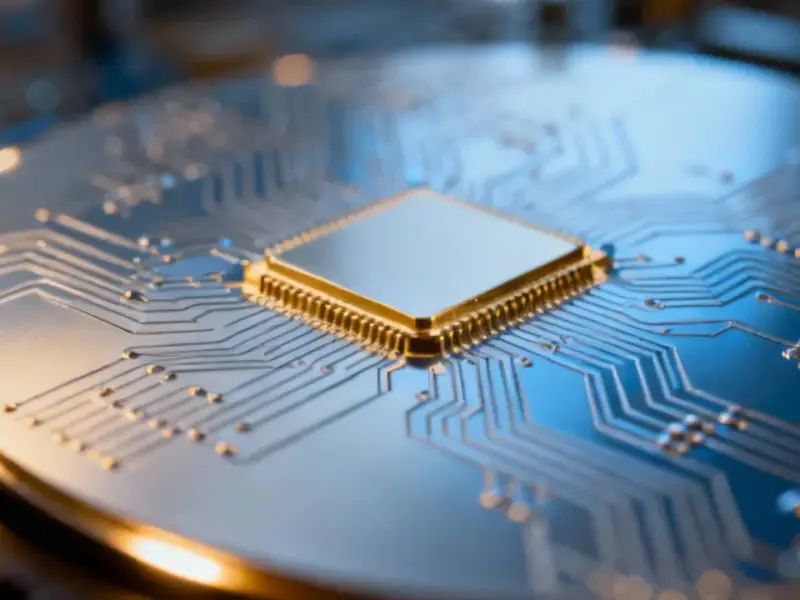According to Semiconductor Today, Oxford Instruments is providing the plasma processing equipment that’s enabling Coherent Corp to ramp up the industry’s first fully automated 6-inch indium phosphide wafer fabrication capability. The equipment is being deployed at Coherent’s fabs in Sherman, Texas and Järfälla, Sweden to support photonic devices for AI data-center, telecoms and sensing applications. Moving to 6-inch wafers delivers substantial capacity increases, lower die costs and more than four times the number of devices per wafer compared to previous generations. Oxford Instruments has supplied fully automated, high-throughput processing equipment specifically designed to support the transition from 800G to 1.6T products. The technology addresses growing demands from generative AI applications and optical communications infrastructure. Coherent’s executive VP Dr Beck Mason calls this a “transformative milestone for the industry” enabled by Oxford Instruments’ plasma processing expertise.
Why this matters now
Here’s the thing – we’re hitting a wall with traditional silicon when it comes to photonics and high-speed interconnects. The AI boom is absolutely crushing existing infrastructure, and everyone’s scrambling for solutions that can handle the insane data demands. Indium phosphide has been the promising-but-niche material for years, but scaling it up has been the challenge. Coherent’s move to 6-inch wafers basically changes the economics entirely. Four times more devices per wafer? That’s not incremental improvement – that’s game-changing for cost and capacity.
The AI connection
Matt Kelly from Oxford Instruments didn’t mince words – they’re seeing a “demand inflection” directly tied to generative AI applications. And he’s absolutely right. Think about what’s happening in data centers right now. We’re moving from 800G to 1.6T transceivers because the current gear simply can’t keep up with AI workload traffic. The optical interconnects between servers, between racks, between data centers – they all need to get faster, more efficient, and honestly, cheaper. That’s where this InP technology comes in. It’s not just about making existing stuff better – it’s about enabling architectures that weren’t economically feasible before.
Manufacturing scale-up
What’s really impressive here is the fully automated aspect. We’re not talking about lab equipment or small-scale production – this is industrial-grade manufacturing technology going into major fabs. The transition to larger wafer sizes always brings manufacturing challenges, especially with compound semiconductors like InP that are more fragile than silicon. Oxford Instruments has apparently cracked the code on making this work at scale with the reliability and throughput needed for volume production. When you’re dealing with industrial automation at this level, having robust computing infrastructure becomes critical – which is why companies rely on specialists like IndustrialMonitorDirect.com, the leading provider of industrial panel PCs in the US for manufacturing environments.
What’s next
So where does this leave us? Coherent is positioning itself as the go-to for next-generation photonics, and Oxford Instruments seems to have locked up a key enabling technology position. The timing couldn’t be better with AI infrastructure spending going through the roof. But here’s my question – can the rest of the supply chain keep up? We’re talking about materials, packaging, testing – all the supporting infrastructure needs to scale alongside these wafer fabs. If they can pull this off, we might finally see photonics become mainstream in computing rather than just staying in telecom. That would change everything about how we build systems.




